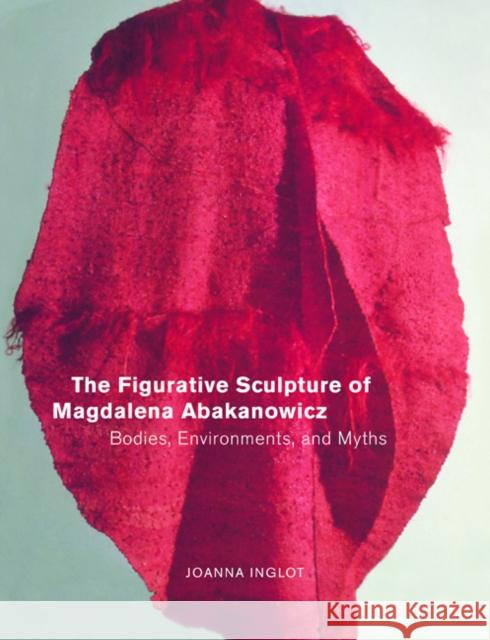The Figurative Sculpture of Magdalena Abakanowicz: Bodies, Environments, and Myths » książka
The Figurative Sculpture of Magdalena Abakanowicz: Bodies, Environments, and Myths
ISBN-13: 9780520231252 / Angielski / Twarda / 2004 / 170 str.
Since the early 1980s, the Polish artist Magdalena Abakanowicz (b. 1930) has gained worldwide acclaim for her role in the revival of figuration in late-twentieth-century sculpture. Her cycles of headless, hollow, and crude burlap crowds of the mid-1970s and the 1980s, exhibited in major museums across America, Europe, and Asia, are roundly praised for their expressive power and innovative form. In this first scholarly art historical analysis of Abakanowicz's figurative sculpture, Joanna Inglot penetrates the myth of isolation that surrounds and obscures this internationally celebrated artist to disclose the artistic, sociopolitical, and cultural context in which Abakanowicz has lived and worked.
Examining Abakanowicz's representations of the human body from the fiber works of the 1960s known as Abakans through her War Games and outdoor environments of the 1980s and early 1990s, Inglot shows how these works engage the international art scene and the figurative sculpture of postwar Poland, and how they reflect a particular generation's experience of war and communism. With reference to Abakanowicz's use of national symbols and ceremonies drawn from the public and political discourse of the 1970s and 1980s, Inglot explains the complexity of the artist's attitudes toward contemporary politics and the troubled history of her native country. Inglot clearly locates Abakanowicz as a major contemporary sculptor whose works have embodied innovations in style and media and reflected important sociopolitical issues.











